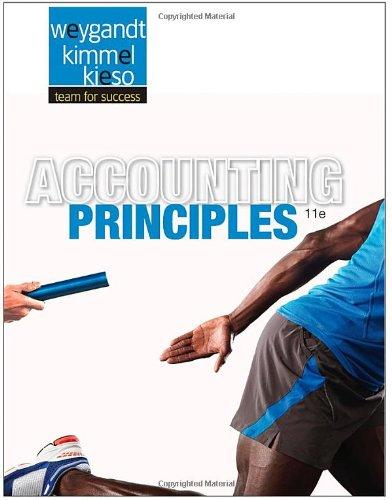Answered step by step
Verified Expert Solution
Question
...
1 Approved Answer
Prepare a three (3) year forecast of estimated future cash flows for you company and give valid economic/business reasons for your projections. This means you
Prepare a three (3) year forecast of estimated future cash flows for you company and give valid economic/business reasons for your projections. This means you will have a statement of incremental cash flows. One year in the future, develop a future market value of equity and an estimated future price per share for the company?s common stock. 
Step by Step Solution
There are 3 Steps involved in it
Step: 1

Get Instant Access with AI-Powered Solutions
See step-by-step solutions with expert insights and AI powered tools for academic success
Step: 2

Step: 3

Ace Your Homework with AI
Get the answers you need in no time with our AI-driven, step-by-step assistance
Get Started



